Hygiene Measures
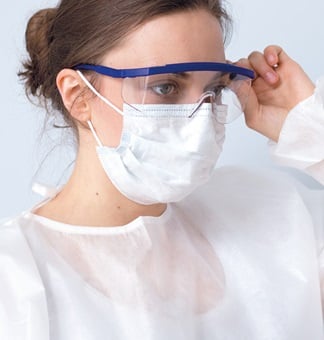
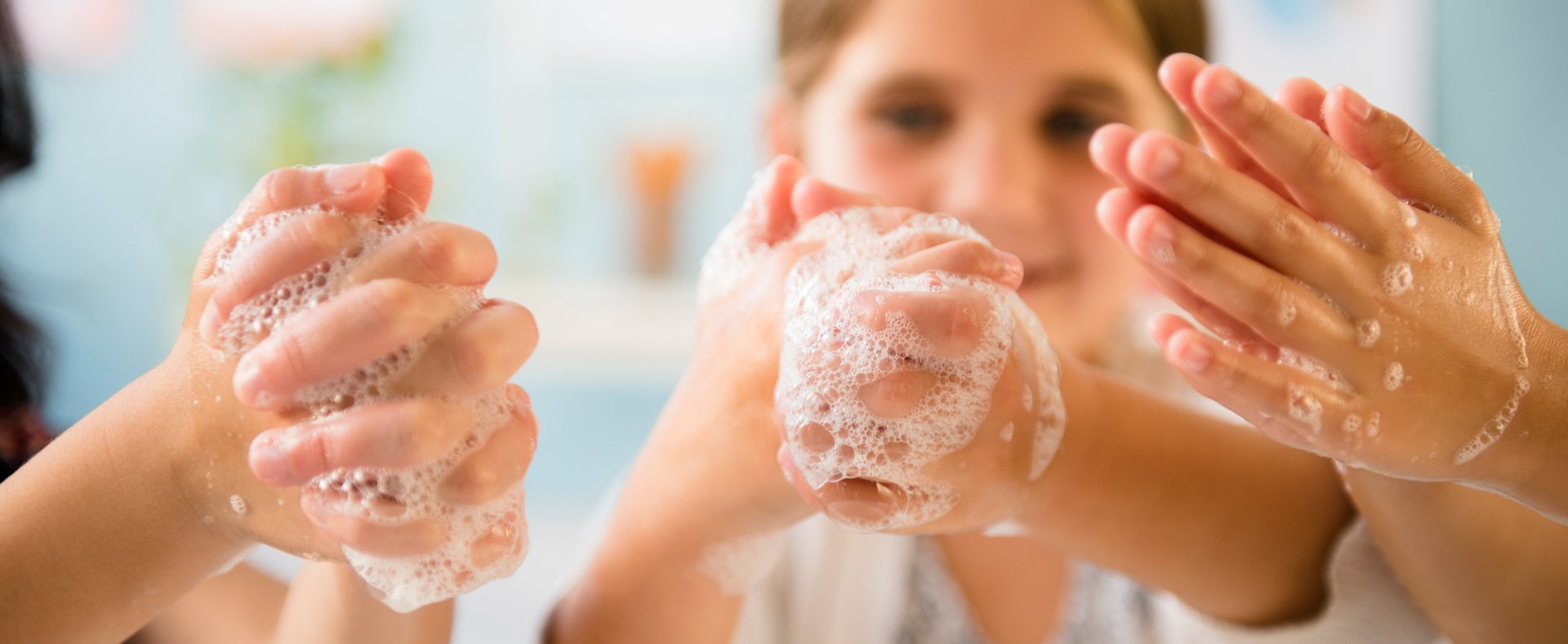
In everyday life, thorough hand washing with soap or wash lotion is sufficient for effective infection prevention in most situations. Generally, hands should always be washed before and after preparing food, before eating, after blowing your nose, after using the toilet, and before washing your face. Careful hand washing is also recommended after coming home or coming into contact with pets.
It is not only important to wash your hands, but also how you wash them: hands should be lathered thoroughly—paying particular attention to the fingertips, thumbs, and spaces between the fingers. Thorough washing should take around 30 seconds. Washing for longer or excessively can damage the skin, which is why additional skin care is essential.
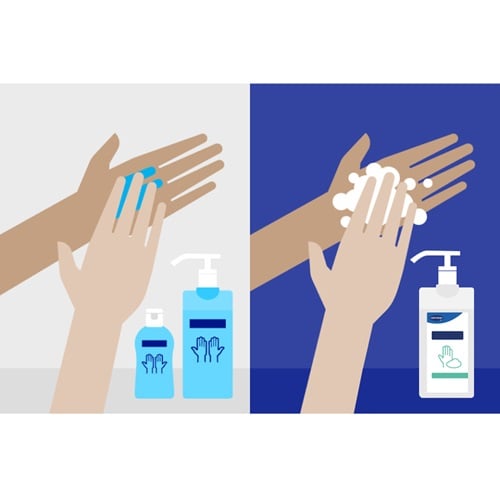
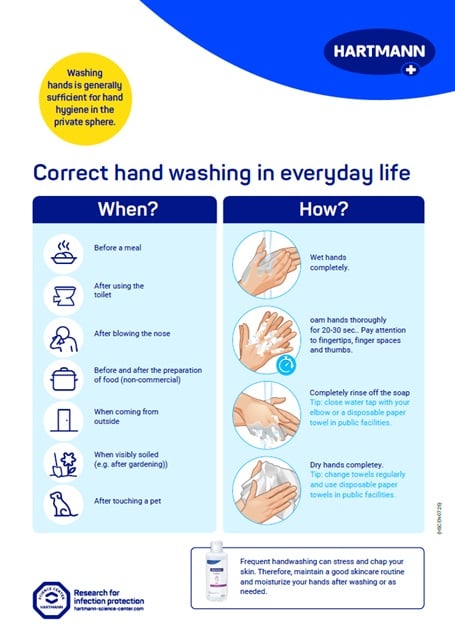
In private settings, hand washing is usually sufficient. In certain situations—such as when there are no washing facilities available, during cold season, or when in contact with people who are particularly susceptible to infection—the use of an alcohol-based hand disinfectant may be advisable. Contrary to widespread belief, disinfection is gentler on the skin than frequent washing.
The HARTMANN SCIENCE CENTER has developed a poster that shows in which situations hand washing with soap or wash lotion is advisable to prevent infections – and when it is better to use a hand disinfectant.
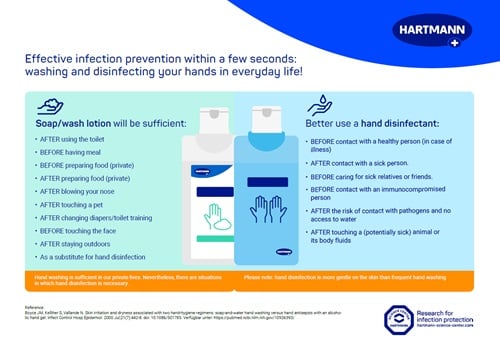
A recent British-Danish study shows that hand hygiene compliance in hospitals is still insufficient even after the multiple campaigns and measures during the COVID-19 pandemic [3]. Sensors on toilets and sinks were used to record handwashing behavior of patients and visitors in a hospital setting over a period of 19 weeks. The results are alarming: in 43.7% of cases, users did not wash their hands after using the toilet – with peak values of up to 61.8% in individual weeks. This behavior was particularly common at peak times such as in the morning, evening, and during mealtimes.
Despite intensive hygiene campaigns during the pandemic, regular hand washing is clearly not a habit that has become firmly established. The study authors emphasize that poor hand hygiene in medical facilities poses a significant risk to patient safety. They call for targeted interventions and innovative strategies that go beyond traditional reminders such as posters to effectively improve hygiene behavior.
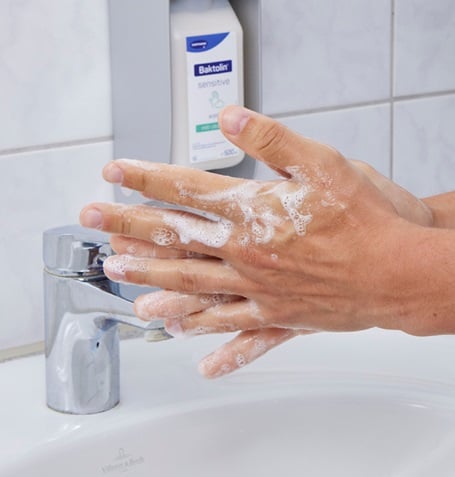
Healthy skin is essential for successful hand hygiene. The formulation of cleaning products has a major impact on skin compatibility. A skin-neutral pH value, mild surfactants, and natural care ingredients can reduce the negative effects of frequent washing. Proper skin care should also not be forgotten. This is especially true for people working in healthcare professions. Healthcare professionals cite skin irritation as the most common reason for not following hand disinfection procedures. 85% of nursing staff report temporary skin damage to their hands [2]. Regular use of skin care or skin protection products tailored to the needs of the user prevents skin irritation and improves the condition of the skin.
With the Baktolin®/Baktolan® range, HARTMANN also offers solutions for gentle cleansing, gentle care, and reliable protection for stressed hands.
Baktolin® washing lotions are characterized by selected formulas that are gentle on the skin. Their high quality and skin compatibility have been confirmed by independent experts and in extensive epicutaneous tests.
The products in the Baktolan® care range are optimally tailored to every skin condition with different levels of care intensity. The skin protection creams provide reliable and long-lasting protection against aqueous solutions and help to regenerate stressed and cracked skin.
The proven, high-quality formulas of Baktolin®/Baktolan® products are designed with clear color codes for easy classification into the categories of cleansing, care, and skin protection—because professional hand hygiene requires systematic skin care.
It can be that simple
Help prevent infections and protect yourself and others from dangerous germs! Join in and practice good hand hygiene every day, not just on the campaign day!
#CleanHands #MissionInfectionPrevention
Our products: